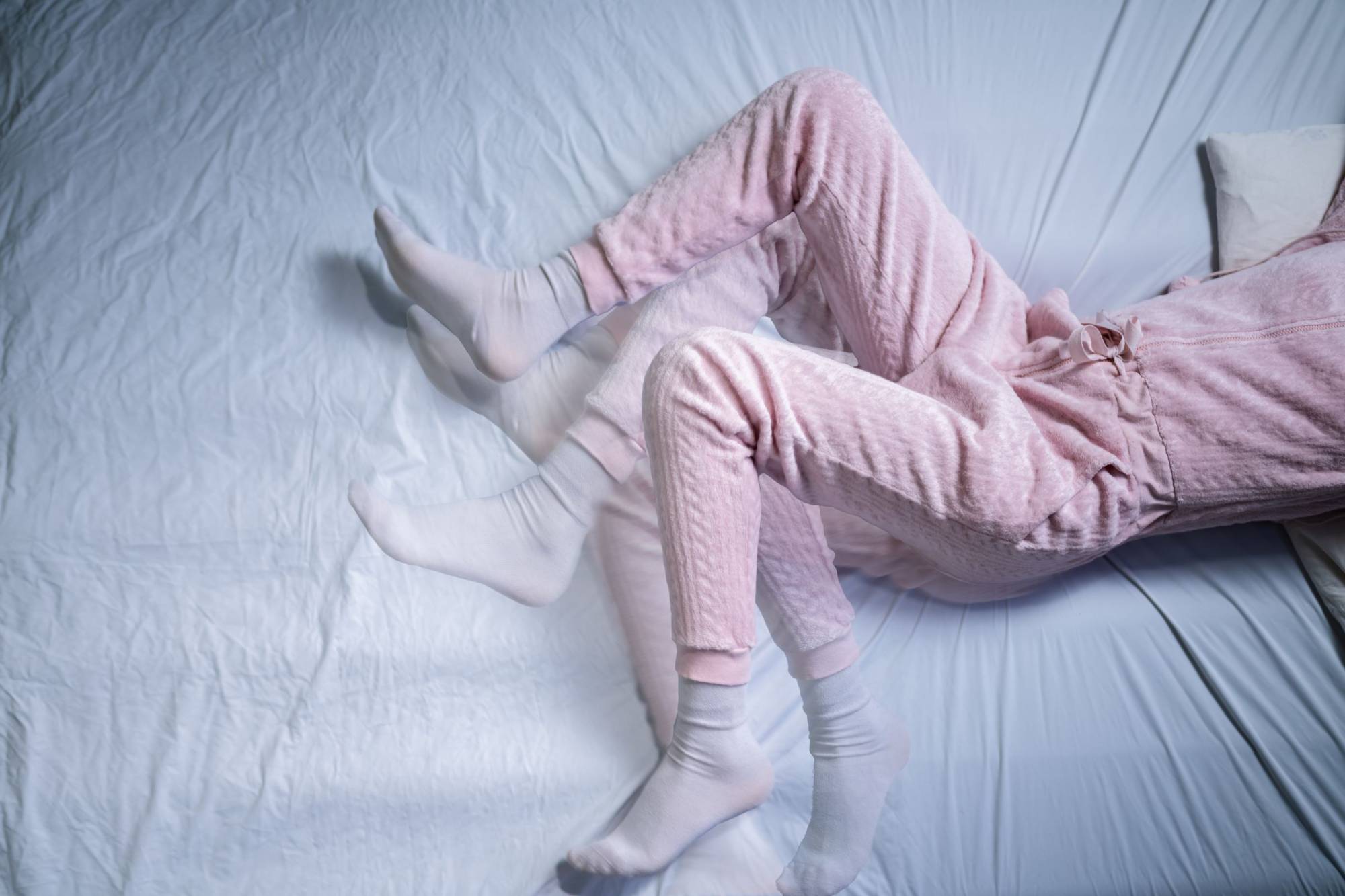Restless Leg Syndrome (RLS) is a neurological disorder that is often misunderstood and goes undiagnosed. It is characterized by an overwhelming urge to move the legs and accompanied by uncomfortable sensations. Patients describe these sensations as crawling, itching, tingling, or aching. These symptoms are most prevalent during periods of inactivity, such as lying down or sitting. The primary symptom of RLS is the need to move the legs to find relief. Some individuals also experience involuntary leg movements during sleep, known as periodic limb movements of sleep (PLMS), which can result in disturbed sleep and daytime tiredness. 
Cause
The exact cause of RLS is not fully understood, but research suggests a combination of genetic and environmental factors. Factors such as iron deficiency, diabetes, kidney disease, peripheral neuropathy, pregnancy, and certain medications have been linked to RLS. Since there is no identifiable cause for RLS, therefore there is no absolute treatment to cure RLS.
Management of Symptoms
However, there are many ways to manage the condition and minimize its impact. Lifestyle modifications, such as regular exercise and avoiding alcohol, caffeine, and nicotine can help reduce symptoms. In severe cases, medications such as dopamine agonists (such as pramipexole and ropinirole), gabapentin, or iron supplements may be prescribed by a doctor.
Importance of Sleep
Maintaining good sleep hygiene is important for reducing RLS symptoms. This includes having a consistent sleep schedule, creating a comfortable sleep environment, and limiting screen time before bed to improve sleep quality.
Restless Leg Syndrome is a lesser-known condition, but it affects many people. If you are experiencing similar sensations, it is important to consult your medical provider for a proper diagnosis and management options.

